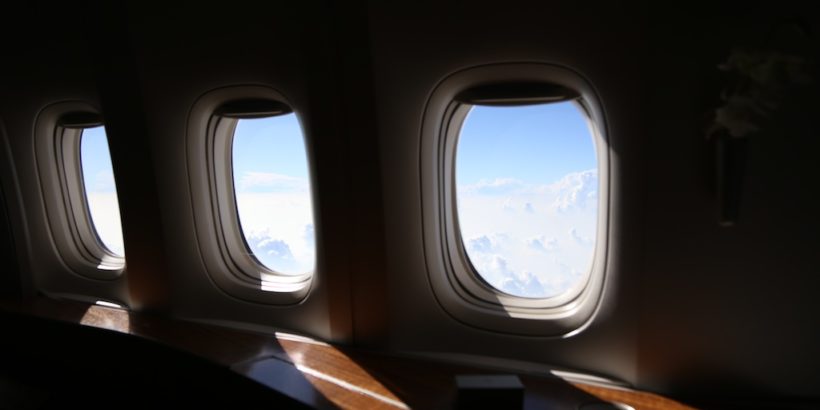A window seat on a plane is highly coveted by many passengers. But what privileges do you have when sitting in a window seat and what type of considerations should you think about for other passengers in the cabin?
As someone who is a big window seat person, I want to give some tips and insight into how to go about controlling the window shade.
These are largely my personal recommendations and some people may disagree with them but I think many will be in general agreement with a lot of these takes.
Table of Contents
Standard airplane seat etiquette
Each airplane seat offers its own unique perks that are generally recognized and accepted among passengers.
The aisle seat allows a passenger to move freely in and out of the aisle and the middle seat offers the passenger the ability to utilize both armrests.
But what about passengers in the window seat?
Should they be given full control privileges for the window shade as their seat perk?
Let’s take a look.
Tip: Use the free app WalletFlo to help you travel the world for free by finding the best travel credit cards and promotions!
Controlling the window pre-flight and take-off/landing
Closing the window shades
Before you ever takeoff and after you land you might be asked to close your windows in an effort to keep the cabin cool.
This will be especially true when taking off in the daytime in hot areas such as the desert or in the south.
It would be very inconsiderate to not abide by these requests since you could be heating up the plane for other passengers on your flight and on following flights.
There should be no debate about what to do here. Just close the window shades.
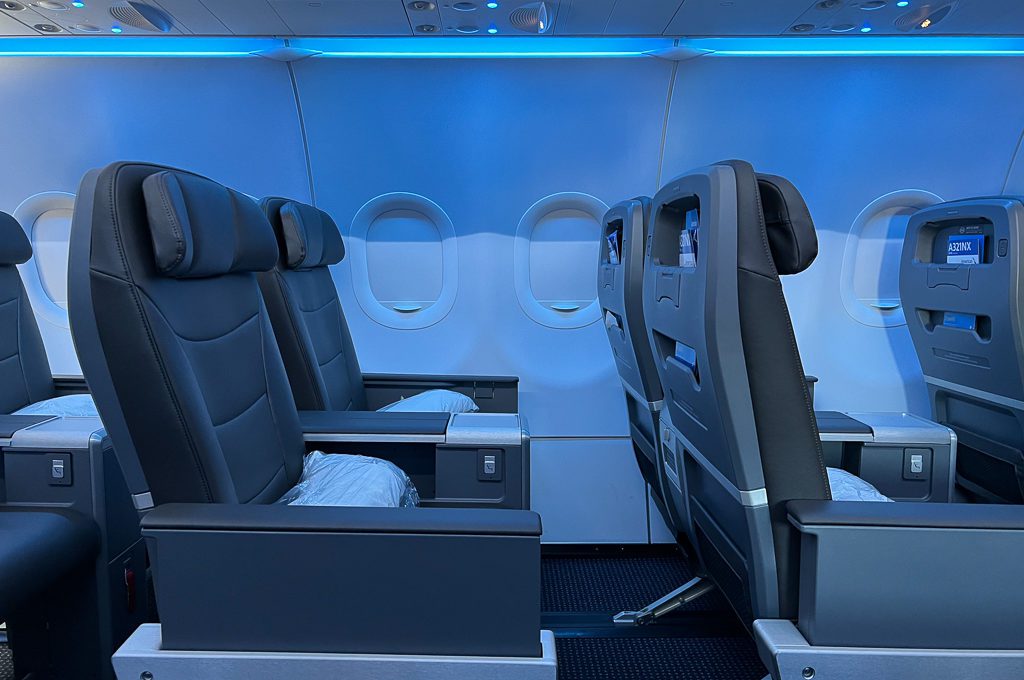
Open on take-off and landing
A lot of airlines will ask passengers in the window seats to open up all windows during both take-off and landing.
Why exactly do they do that?
It’s reportedly so that your eyesight will be properly adjusted to the lighting outside.
In the event of an emergency landing, they don’t want passengers getting blinded by the light outside during the evaluation process. So by opening up all of the windows, it should reduce the risk of extra chaos and confusion during an emergency.
Another explanation is that they can help passengers see what is going on in other parts of the plane. For example, you might see flames or smoke on one side of the plane and be able to make a better decision on where you should attempt your exit.
Regardless of the explanation, you should abide by any request related to safety that comes from a crew member. So once again there should be little debate here.
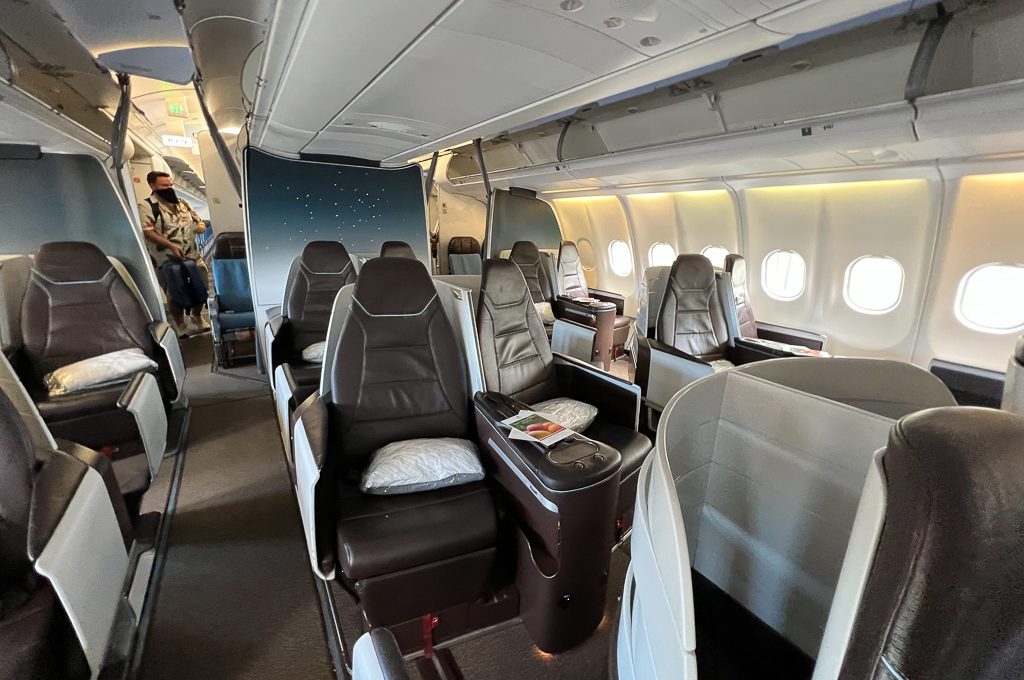
Controlling the window shade mid-flight
When you are in the air, the big question is should a window passenger have full control of the window shade, regardless of what is going on in the cabin?
The default
In most situations, nobody will think twice about whether or not someone is opening up a window and so the window passenger can control the window shade freely.
For example, shortly after takeoff when close scenic views are in-sight, I would never expect someone to shut a window shade.
And even when you are at 35,000 feet and above the clouds, on your typical daytime short-haul flight, you’ll probably see some windows open, some closed, and some partially open. No big deal, usually.
In these cases I’d just say be aware if other passengers are receiving blinding light from your window and be open to closing your shade if someone getting directly hit with that light politely requests you to do so.
In other words, just use common sense and be courteous.
When the cabin is dimmed
Whenever the plane dims or puts on mood lighting and all/most of the window shades are closed it gets a little bit more interesting.
That’s because the cabin’s low light conditions combined with a low sitting sun could allow for one single passenger to disrupt the flight experience of dozens of other passengers.
Personally, I think a window passenger should strive to be in uniform with the rest of the cabin when the cabin is dimmed.
If you see flight attendants going around and closing windows that’s probably a good indication that closing your window shade would be a good idea.
In some cases, the flight attendant may even request/demand for you to close your window shade.
The reason is that depending on the angle and brightness of the sun, you could be disrupting the experience for a lot of other passengers.
For example, you could be shooting sun rays directly in the face of another passenger, which could cause a problem even if they have an eye mask on.
The window could also be causing an annoying bright light in the peripherals of dozens of passengers, which would make it difficult for many people to fall/stay asleep — a major problem on fights where passengers have an expectation of being able to sleep.
You could also be causing a strong glare on the device or seat back TV screen of other passengers.
All of those situations can be highly annoying and if you are causing those situations for multiple passengers, that’s a pretty disruptive situation that could be easily avoided by you simply closing the shade.
There are a few counter arguments to this though.
The first is that if someone is worried about having the sun in their face or glares on the computer/IFE screen, they should have booked a window seat. It’s a fair point.
The problem I have with that argument is that these issues can affect several passengers at once, including other window passengers across the aisle.
Plus, if lots of window passengers had this mentality there would not be enough window seats to accommodate all of those people who might be affected.
Eye masks can certainly be helpful but they are no match against direct sun rays hitting the face. Plus, some people can’t sleep with a mask.
I think it just makes more sense to be extra considerate when it comes to letting strong light into the cabin when passengers are in an otherwise dim cabin setting.
Another counter argument is that on long-haul flights getting exposed to natural light could help reduce jetlag.
Some experienced travelers may swear by the benefits of keeping a window open to help them adjust to different time zones.
I don’t doubt those claims but regardless of the validity, everybody is a little bit different in how they adjust to jet lag. So what could be working in your favor on a long haul flight could be working against several other people.
And even if the light were actually good for them, chances are a lot of people will perceive the light as interfering with their attempt to get rest.
So unless you plan on giving everyone a TED talk on the benefits of light for jetlag, I would not expect some passengers to be very understanding about the bright light you are letting in.
Another argument is that keeping the window open allows for optimal lighting for reading.
If you simply have the window open for the natural lighting, you can always use the overhead light which is significantly less disruptive to other passengers.
The artificial lighting may not be as optimal for you but you’ll have to ask yourself: does your need for optimal lighting outweigh the inconvenience to several other passengers, which could include sleep disruptions?
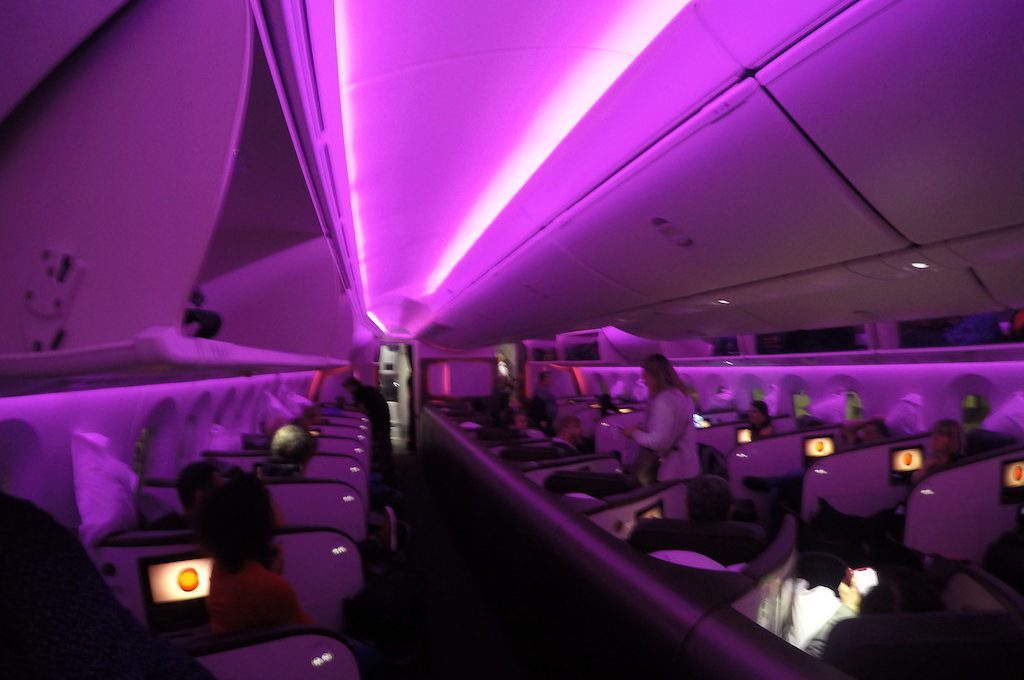
Partially open window
Another alternative would be to just leave the window partially open.
Pull down the window shade and then take a look at the cabin to get a sense of how much light is coming through. This might still be annoying to other passengers but at least it won’t be as annoying as a full blown open window shade.
This could also be a great way to compromise with another passenger.
Just be aware that the angle of the light will change as the plane/sun changes position.
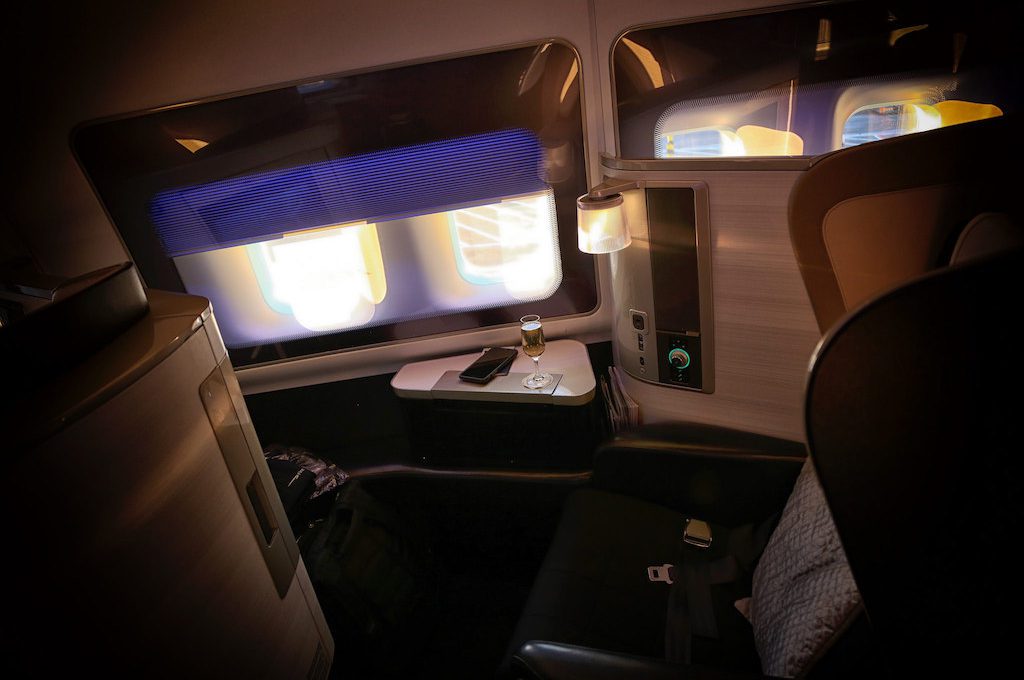
Open and closing the window
And finally you could always periodically open the window just to see what is out there if you were worried about missing great views such as flying over the Rocky Mountains, Grand Canyon, etc.
This is something I do whenever we are flying over interesting sites such as a coastline.
Just try to avoid being one of those passengers who constantly slide the window shade up and down because that can get very annoying and arguably be worse than just leaving a window open.
Also, when you do open and close the window shade do so gracefully and ditch your efforts if you’re dealing with a broken or problematic shade.
Business and first class
Controlling the windows might be a bit different in business and first class.
Some business class and first class seats might give you access to 3 to 4 windows which means that you’re capable of letting in a lot of light if you want to. One passenger could completely alter the ambient lighting for everyone.
If every other window in the cabin is closed except for all of those close to you, I would recommend closing all of your window shades.
At the very least you should probably consider closing all but some of the shades.
One open window should be plenty for you to admire views and get natural light for reading. But keep in mind that even that could be excessive, depending on the cabin’s lighting conditions, seat design, and how the light is coming in.
When you have your own personal suite, the impact on the rest of the cabin may be minimized to a great degree, so you probably have much more leeway.
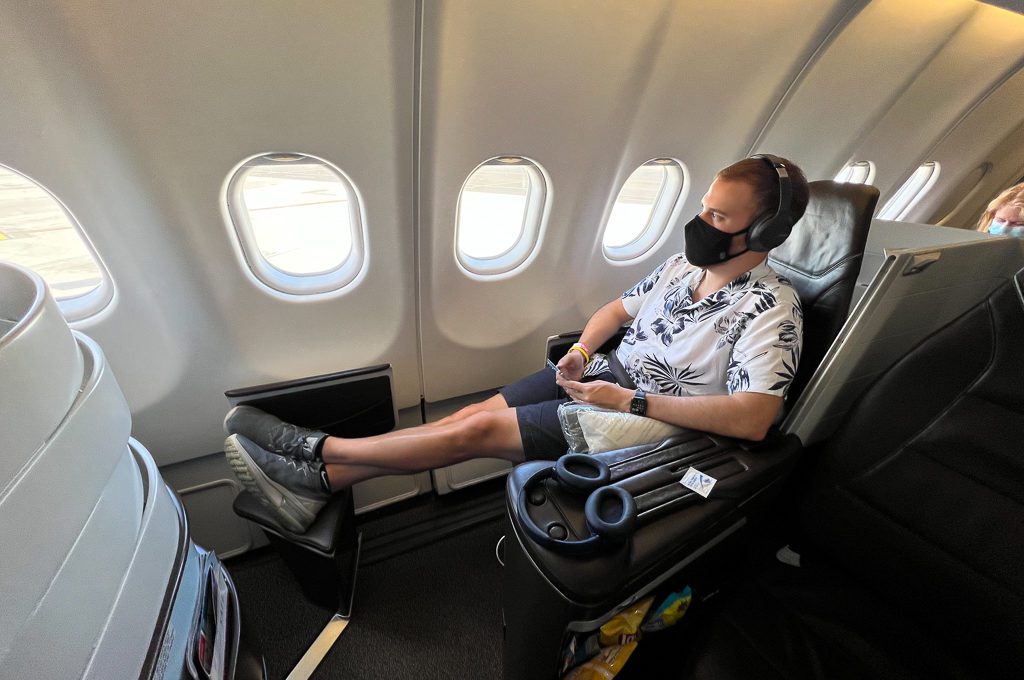
Other windows
Another issue that pops up is what windows should you be able to control?
Obviously, the window directly next to you is in your domain but what about windows that are only partially in your domain?
If you have to reach beyond someone’s seat then it’s best to just leave the window untouched. If you’d like for it to be closed or opened then simply ask the passenger closest to it.
And if the window looks like it is equally in your space and another passenger’s space, it’s also probably a best practice to consult with them about your desire to open or close the window.
Remember, it’s not always about where the window is located but where the light is hitting from the window.
Just be civil and polite and you’ll figure something out.
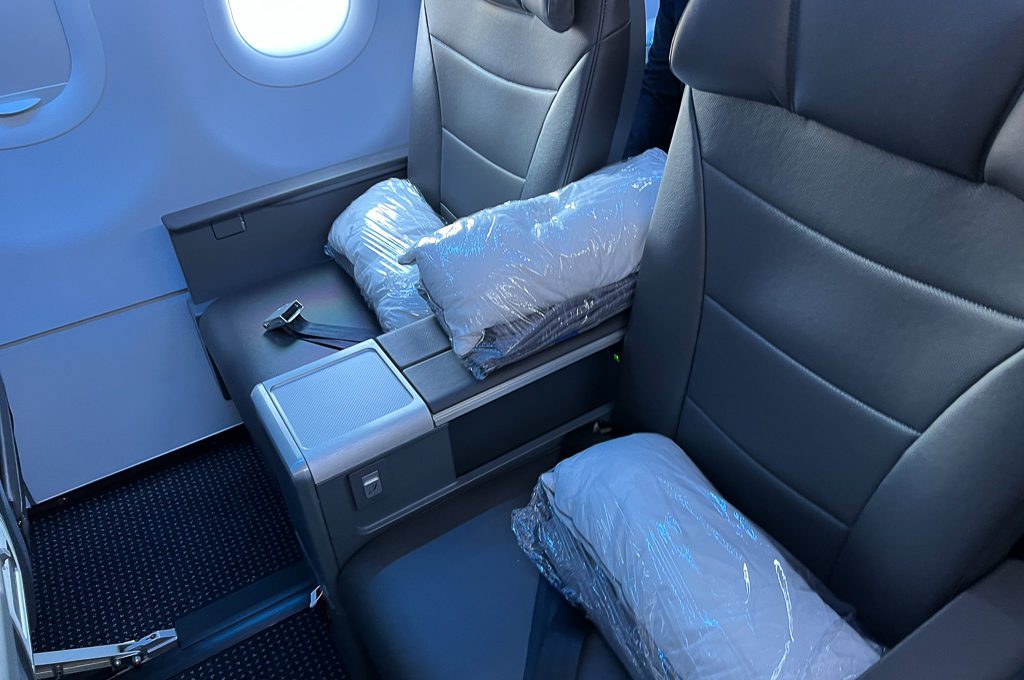
Emergency exit rows
When you’re seated in the emergency exit row, you are a bit removed from the window sometimes. In some cases, the middle seat passenger essentially becomes a window seat passenger and can control the windows. (I don’t believe the passenger behind that empty seat should be controlling the window.)
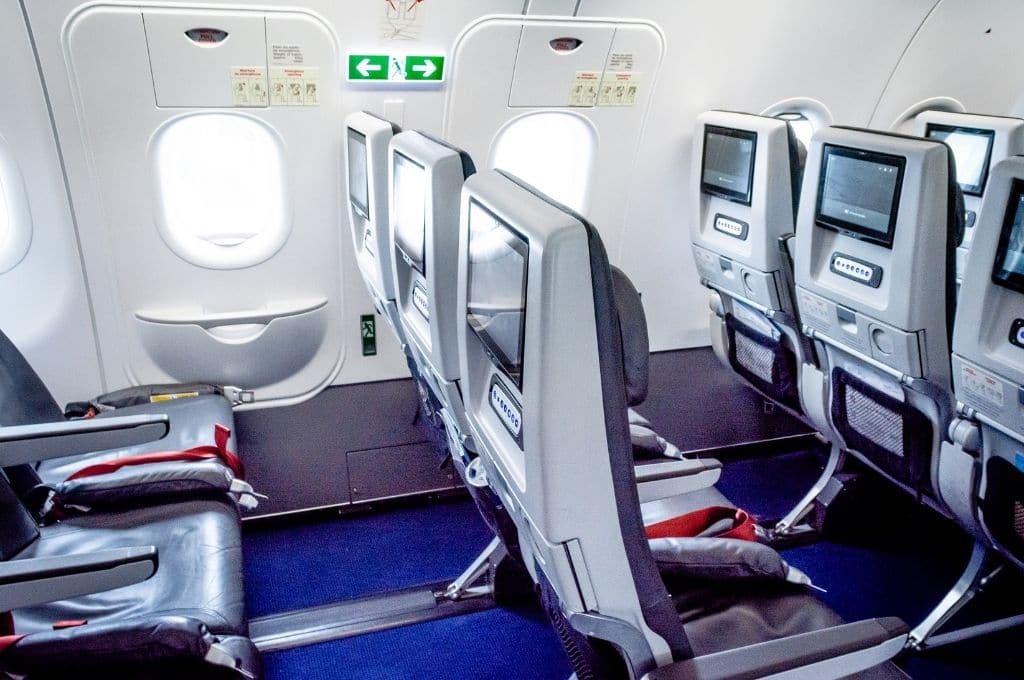
Frequent bathroom visits
This rule of etiquette might be a little bit controversial to some but I believe that if you require frequent bathroom visits on a flight you should not go for the window seat.
As someone in a window seat, you will have to potentially hop over a middle seat and aisle seat passenger every time you go to and from the bathroom.
It will be much more convenient for you to simply take an aisle seat in those situations.
Asking window passengers to shut the window shades
If you want a window passenger to close their shade, the best course of action is to politely ask them.
In my opinion, you should avoid asking them if they are utilizing the window for photographs or just looking out and admiring the view/contemplating life.
However, if they are just sitting there, not utilizing the window and it’s causing some kind of major problem (e.g., sun in your eyes), it’s perfectly reasonable to ask them to close the shade.
But do not make it sound like an order or demand and definitely do not reach across them and shut it yourself as that is a pretty hostile move.
If they say no, try to deal with the lighting situation as best you can, but if it gets really bad consider contacting a flight attendant and requesting for the flight attendant to politely ask them to close the shade for a bit.
Final word
There will probably always be some debate over the proper etiquette for window passengers.
In the majority of cases there’s probably no issue with keeping a window open or closed as long as you are complying with flight attendant requirements and being mindful about casting blinding light on other passengers.
But when a cabin is dimmed, I think it’s worth being extra considerate and trying to minimize the amount of light coming in from the window.
Daniel Gillaspia is the Founder of UponArriving.com and the credit card app, WalletFlo. He is a former attorney turned travel expert covering destinations along with TSA, airline, and hotel policies. Since 2014, his content has been featured in publications such as National Geographic, Smithsonian Magazine, and CNBC. Read my bio.

